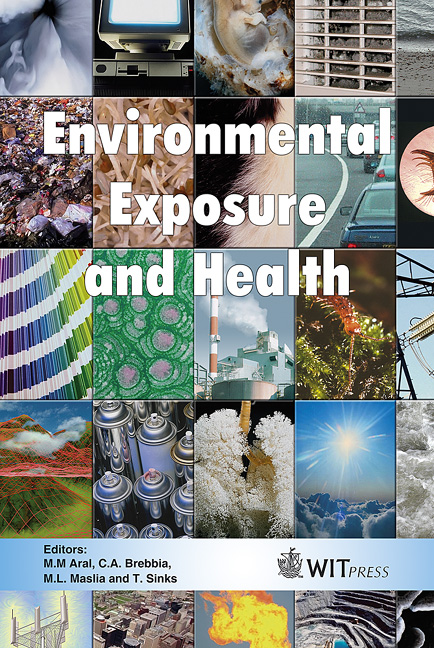Spatially-explicit Wildlife Exposure Modeling Tools For Use In Human Health And Ecological Risk Assessment: SEEM And FISHRAND-migration
Price
Free (open access)
Transaction
Volume
85
Pages
10
Published
2005
Size
348 kb
Paper DOI
10.2495/EEH050301
Copyright
WIT Press
Author(s)
K. E. von Stackelberg, W. T. Wickwire & D. Burmistrov
Abstract
This paper presents two wildlife exposure models that incorporate the influence of chemical distribution in the environment, habitat suitability relative to that chemical distribution, and foraging behaviors of the modeled species. Spatiallyexplicit wildlife exposure models provide more realistic exposure estimates for use in human health and ecological risk assessments, and provide a means for evaluating the impact of different remedial alternatives by identifying and focusing on areas where habitat use and chemical contamination intersect. The Spatially Explicit Exposure Model (SEEM) is being developed for the US Army to improve the realism of terrestrial wildlife exposure modeling. The aquatic model, FISHRAND-Migration (FR), is a mechanistic, time-varying bioaccumulation model. This second-order probabilistic model incorporates both sediment and water sources to predict the uptake of organic chemicals based on prey consumption and food web dynamics. The Monte Carlo probabilistic approach allows users to distinguish between sources of uncertainty and variability in predicted fish body burdens. Both models offer assessors the tools necessary for advanced exploration of risk drivers and identification of site areas where habitat overlaps with chemical concentrations (and conversely areas where chemicals are present, but habitat is limited). Keywords: risk assessment, wildlife exposure assessment, spatial modelling, probabilistic, uncertainty, ARAMS.
Keywords
risk assessment, wildlife exposure assessment, spatial modelling, probabilistic, uncertainty, ARAMS.




